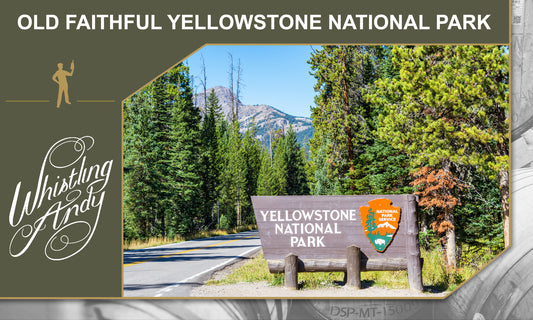Lewis and Clark are two of the most famous explorers in American history. They mapped previously uncharted mountains, rivers, and land, filling many journals with information about Native American tribes and notes about unfamiliar animals and plants.
Their westward exploration is partly responsible for the droves of Americans who would soon attempt to settle the west. Of the more than 8,000 miles covered by Lewis, Clark, and their team, only one campsite along their route can be known for certain: Travelers’ Rest at Lolo Creek, Montana.

Before Lewis and Clark
Native Americans used the same area as a campsite for many centuries before Lewis and Clark arrived. Pend d’Oreille, Salish, and Nez Perce peoples were the native occupants of the surrounding area.
Travelers’ Rest
Of the hundreds of places Lewis and Clark made camp, the site at Travelers’ Rest is the only one to be confirmed by physical evidence. Archaeologists discovered many things, including fire hearths, a trench latrine, and lead used for repairing firearms.
This campsite, on the banks of the Lolo River, is too wet for agriculture, and so the site remains largely unchanged since the famous expedition nearly 220 years ago. Imagine standing at the same campsite as Lewis and Clark once did, staring out at the Lolo Peak and the Lolo Creek Canyon entrance.
It’s all in a name
When Lewis and Clark made a stop at this now-historic site, they decided to name the creek Traveler’s Rest. Even though they were responsible for naming the creek and not their campsite, the river was eventually renamed Lolo Creek, and the campsite became known as Travelers’ Rest.

Notable sights
Lewis, Clark, and their team all kept detailed journals, noting everything they could about their travels. While camping at Travelers’ Rest, multiple mentions are made of the numerous cotton timbers that lined the trails they took.
Along the way, some of the most hunted animals included geese and woodpeckers. The expedition also enjoyed wild cherries, ducks, and deer. Many of the members were in awe of the snow-capped mountains in the distance.
In addition to crossing rivers and traversing small valleys, the team also spent a great deal of time riding across beautiful, open plains covered by high grasses and wild hyssop. Pine trees and honeysuckle were also frequently spotted in the area, meaning the trail likely smelled as beautiful as it looked.

Lewis and Clark’s first stop
The expedition first stopped at this legendary site on September 9th, 1805. They stayed until September 11th. It was the perfect place to rest before beginning the challenging trek across the Bitterroot Mountains. Members of the expedition would also have spent time hunting (likely deer) to stock up on meat for the trip over the mountains and tending to any broken equipment or injuries.
Lewis and Clark’s second stop
Lewis and Clark returned to Travelers’ Rest the next summer and stayed from June 30 to July 3, 1806. The extended stay likely gave them time to recover from their second crossing of the Bitterroot Mountains. After this second visit, Lewis and Clark split up. They wouldn’t be reunited again until Sanish, North Dakota.

A National Historic Landmark
Travelers’ Rest was named a National Historic Landmark in 1960, even though the exact location of the campsite was unknown. An educated guess for the general area of the campsite was made, hoping the choice encompassed the true site. In 1998, Robert Bergantino surveyed the area using the journals from the expedition and realized the true campsite had likely been further upstream.
This realization led to even more land being acquired and protected in the hopes of one day locating the campsite of Lewis and Clark. Bergantino turned out to be correct, as the additional land acquired ended up being home to the campsite archaeologists would unearth a few years later.
Travelers’ Rest went on to become a state park in 2001, shortly before the discovery of the expedition’s campsite.

Travelers’ Rest State Park
Travelers’ Rest State Park is rich in trails that center around Lolo Creek and makes for an enjoyable outing. Visitors can expect to see more than 115 species of birds. This park combines the best of multiple cultural heritages and is rich with scenery and stories unique to the area.
Also within the park is the Visitor’s Center and Museum which offers replicas of items from the Lewis and Clark expedition, as well as information on the local Salish culture and a range of Native American handcrafts. Other available activities include:
- Picnic areas
- Birdwatching
- Bicycling
- Hiking
- Fly fishing
- Sightseeing
- Wildlife viewing
- Photography





